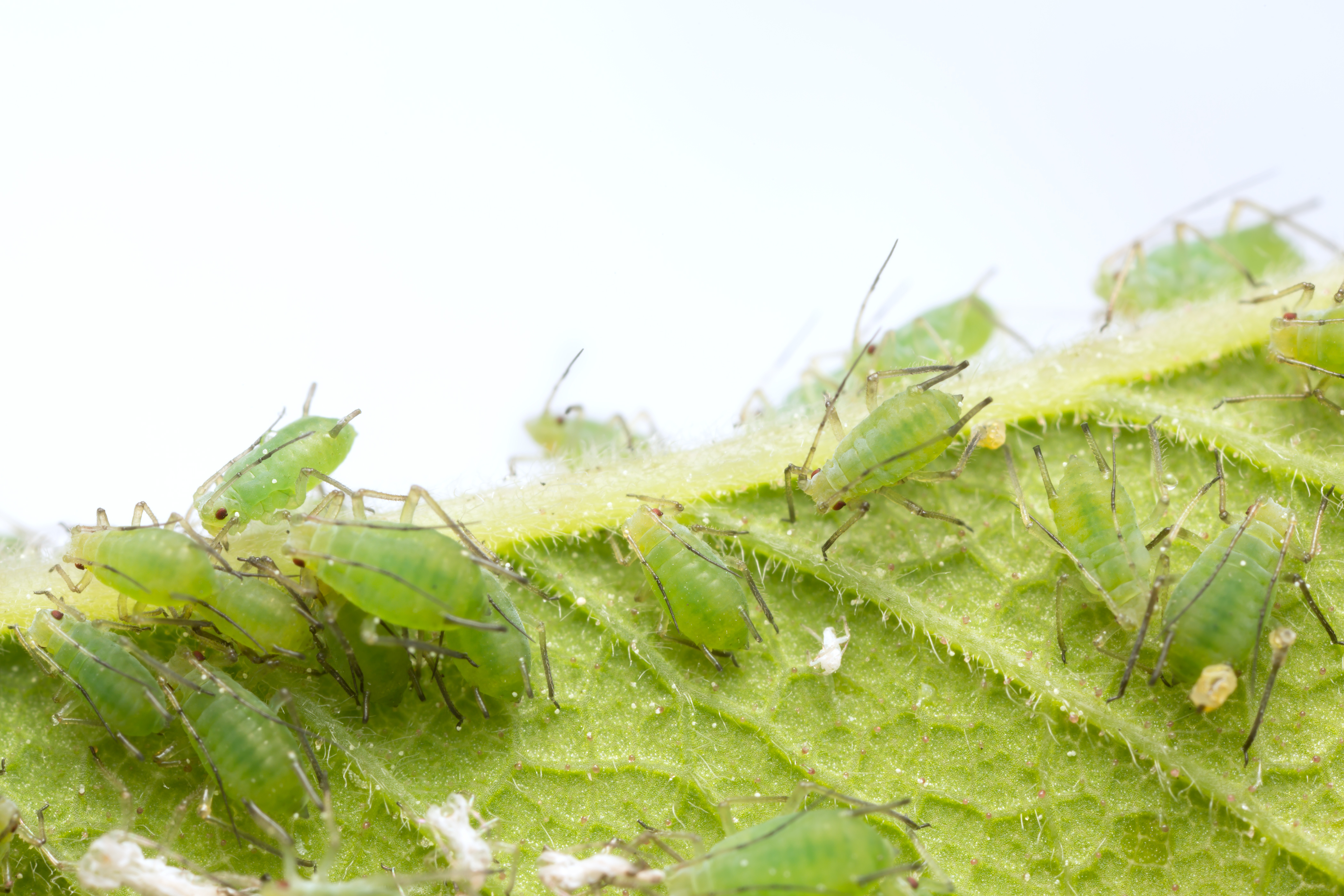The GardenZeus Guide to Common Garden Pests in California Zone 12

Insect and Gastropod Pests:
Aphids occur more often in spring to summer or during warm weather than from fall through winter in your zone. They can sometimes be removed with a strong stream of water, or washed off leaves with a cloth or rag, before plants become fully infested. Aphids are often associated with Argentinian ant infestations; ants move the aphids to uninfested leaves and plants, and fight off predatory insects in return for harvesting the honeydew that aphids excrete. Control the ants using a boric-acid ant bait. If you have never seen ants herding aphids, obtain a hand lens or magnifying glass and watch as the ants lift aphids from behind and carry them to new locations, and as they collect honeydew. This can be fun, or in some cases, hysterically funny to watch until you remember that the aphids are damaging and possibly spreading disease among your plants!
Potato bugs, also called “pill bugs” and “roly-polys” are often referred to as insects but are technically crustaceans, related to crabs, lobsters, and shrimp; what expert Darren Butler calls “garden sea monsters.” They are especially prevalent in newly cultivated and overly wet soils that are high in organic matter. If your seeds apparently fail to germinate, or if small seedlings disappear overnight or are chewed back to stems, check for moist areas nearby that may be harboring these garden sea monsters and remove them manually (sudden loss of seedlings may be caused by many other pests such as earwigs, grasshoppers, birds, and gophers). You may succeed in trapping potato bugs by creating ideal habitat: plug empty toilet-paper or paper-towel tubes at one end; fill them with wet, partly rotted compost; mostly bury the tubes in wet soil; cover with mulch; water to maintain wetness; then remove all at once during the day, tipping toward the plugged end. Note that potato bugs fill a positive role in cold compost piles and at low populations in gardens by feeding on decaying organic matter.
Animal Pests:
Birds may eat seedlings and new leaves, especially of succulent young greens and nutritious young sprouts such as chard, kale, lettuce, mache, and peas. Physical exclusion is the best method to protect plants from bird feeding, such as with chicken-wire, hardware cloth, plastic mesh, or moveable wire baskets.